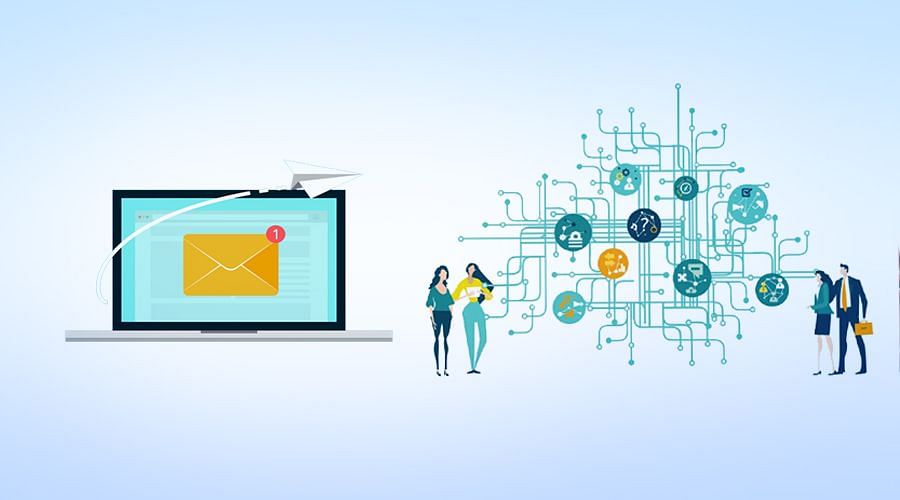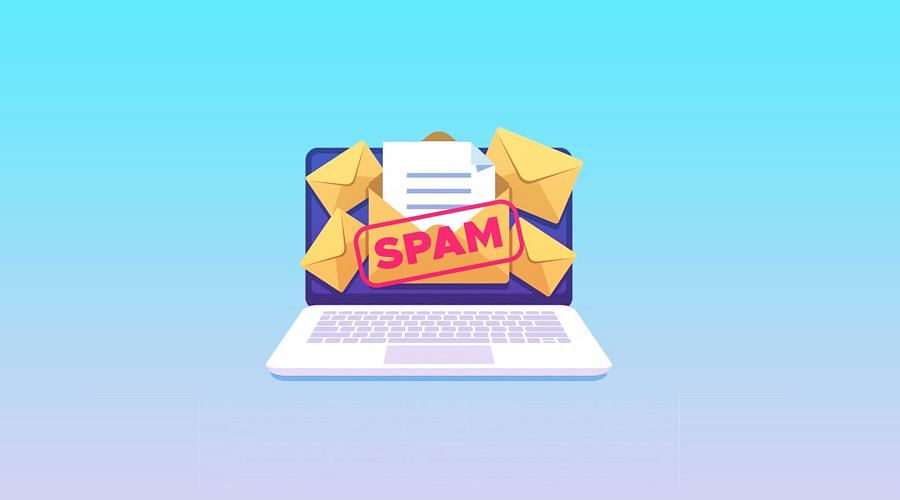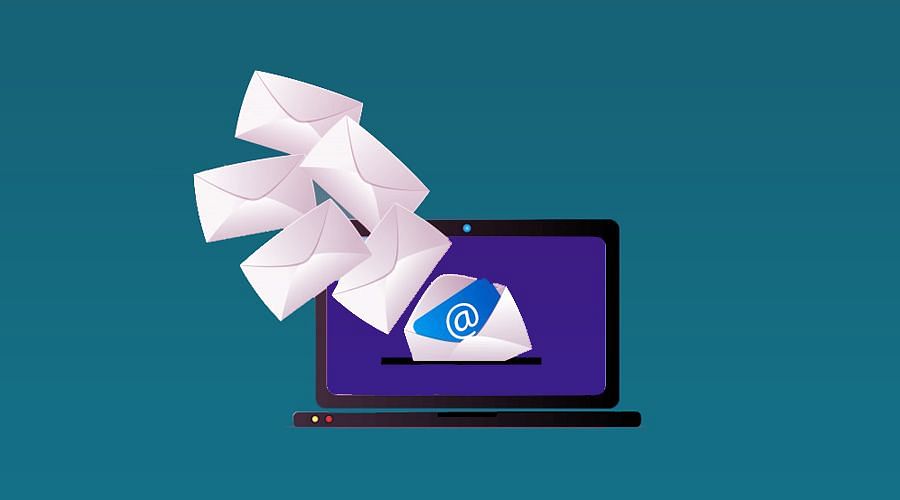Every time you send an email to market your brand, you always want your target to get the information. This helps you create engagement and increase the chances of sales by promoting your brand.
Email deliverability is essential in email marketing because you will always want your audience to open whatever you send them and interact with your brand. In this sense, email deliverability is described as the relative amount of email landing in your audiences’ inbox compared to those going straight to the spam folder.
This concept remains a challenge to most marketers.
Until recently, email delivery has always been manual where artificial intelligence has come in to change the game. Artificial intelligence has been used to reach out to clients persuasively. Accordingly, many tools are currently engineered with Artificial Intelligence capabilities to enhance email content and deliverability. For instance, Microsoft’s Dynamics platform is designed to increase the quality of content and help marketers reach clients’ inboxes.
Table of Contents
What Is The Role Of Digital Transformation In Email Deliverability?

Artificial Intelligence remains a significant driving force behind digital transformation. The current business environment depends on numbers and data more than anything else. In that case, data is considered a considerable player in marketing. Accordingly, AI is used to collect, organize and analyze such datasets. And it is the annotated data sets that make the AI models perfect through training.
In this case, AI is used to collect data relevant to a given section of the market and analyze customer preferences to ensure anything shared is of interest to customers and meets their needs. This way, it is easier to get marketing emails read to boost engagement.
How AI Can Be Used to Help Emails Reach the Inbox
Most Business to Customer (B2C) marketers use email marketing to connect leads and reach clients. Below are ways in which marketers can use various Artificial Intelligence-enabled capabilities to collect data and improve email deliverability.
1. Checking Email Spam Score

Various platforms, such as the new Dynamics platform from Microsoft, utilizes AI to check email spam score before scheduling emails. This feature evaluates email content to generate a score that tells you if the email will be filtered into spam or not.
The spam score generator functions in two ways to give you a more accurate rating of your email content.
Auto mode: You can automatically spam check your emails when crafting the content. This way, the spam score is generated as low, high, or medium and categorized with the outcomes of every check. If the spam score is low, your emails have a higher chance of reaching the inbox. If you get a high or medium score, you may need to modify your draft.
Manual mode: This mode allows you to spam check your draft emails at any point. This way, you get notifications on issues that increase the spam score. Additionally, you can use the error result to revise the content before scheduling the emails.
2. Testing Email Subject Lines

Marketers often have a challenge designing the email subject that suits their marketing campaigns. That should never be a problem anymore; AI-enabled tools like an AI writer are designed to help marketers craft email subjects that maximize the chances of emails reaching the inbox by increasing open rates.
For instance, you can use Email Subject Line Grader to determine how catchy your email subject line is. This tool helps you determine the effectiveness of your email line and offers suggestions that will improve engagement.
3. Analyzing Headlines
AI-enabled tools such as The Headline Analyzer can help you evaluate the effectiveness, balance, keywords, and sentiment in your headlines. Every time you copy a headline into the tool, it generates a score and offers suggestions you can use to improve sentence structure and avoid grammar mistakes.
Such tools are essential in drafting compelling email headlines for online posts.
4. Segmenting Lists

You always need to group your targets into different sections based on a criterion that makes them fit. This can be very straightforward if data is static and available in a clear structure. However, the current business environment is experiencing data surges, meaning you may need automatic segmentation to get everything right.
Sometimes your emails fail to reach the inbox because your segment lists are not organized or appropriately managed. However, artificial intelligence can help you organize and manage your lead lists and filter out what is not required to enhance deliverability.
Client list segmentation is essential if you want to reach your target audience. There are tools with which you can manage various aspects that increase the chances of your emails reaching the inbox. These tools utilize artificial intelligence to apply concepts such as cluster modeling to group various audiences by learning their behaviors and preferences.
5. Utilizing Predictive Engagement
The advent of artificial intelligence means you can use the predictive engagement feature in AI-enabled tools to prioritize customers that engage with your brand. This feature helps you determine a section of your customer base or prospective clients that will engage with the message and prioritize sending them emails. Users who are likely to engage less with the brand receive such emails last.
This method means that the first batch of emails will be opened more, leading to a high open rate and high deliverability to all users that will receive the emails even later.
6. Send Time Optimization

Send time optimization feature in every AI-enabled tool predicts the best time to send your emails for them to reach the inbox. For instance, users are more likely to open emails that reach their inboxes during the day than those that pop in at night. Therefore, it is essential that you know when to schedule your emails to reach target audiences at the right time, regardless of their locations and time differences.
Send time optimization analyzes previous data to determine the time that your users frequently open their inboxes. This way, the tool helps you schedule your emails well and only deliver them at the right time according to every user. This way, every user will receive the email when they are likely to open their mailbox.
Email deliverability increases when mailbox providers see many people engaging with your content. This means your emails will not end up in spam filters.
7. Adapting to Various Throughputs
Every server has a different way of determining email deliverability. Therefore, your emails must be revised according to the exact server you are sending them to. For instance, Yahoo has its ways of determining if the email is relevant to the receiver, which may be different from the criteria that Gmail uses. In this case, you need to structure your emails to meet the requirements of every ISP server.
Artificial intelligence helps you know the criteria used by every ISP server to ensure your emails do not end in the spam folder. If the emails fail to meet the accepted format, they may not be delivered.
8. Reviewing Your Email Sending Criteria
The current business environment requires you to focus on how you send your emails instead of just the content and time. This tip depends on the number of times you send them and determining the best way to strike the right balance to ensure you do not overwhelm your users or underperform in delivery. This way, you need a tool that helps you review the pattern of sending emails.
The frequency of email sending is essential if you want to create trust and interest among your target audience. For instance, one client may be okay with the emails you send, while another may unsubscribe because he feels spammed. In this case, AI helps you determine the frequency that works for every lead to ensure they open your emails.
9. Filtering Recipient Inboxes

Artificial intelligence does not help you alone to manage email deliverability; it also considers the recipient. AI filters the recipient’s inbox to mark various emails as spam. In this case, the AI-enabled filter separates spam emails into different folders.
If your email does not fit into any of the marked folders, it goes directly to the inbox.
The Bottom Line
Do you feel overwhelmed with AI, especially when it comes to email marketing? After all, you should not have to worry because these tools are designed to make your work more manageable and better. By leveraging AI-enabled platforms and tools, you can ensure that your marketing campaigns are effective by drafting your emails and sending them in a way that increases their chances of reaching your target audience's inbox. All you need to do is focus on increasing the open rate, and your work is half done. This post helps you learn how to do this in the best possible way.
FAQs
1. What is the role of artificial intelligence in email marketing?
Artificial Intelligence is used to collect data relevant to a given section of the market and analyze customer preferences. It ensures that whatever is shared is of interest to customers and meets their expectations. With the help of AI, it is easier to get marketing emails read and boost engagement.
2. How can artificial intelligence be used to help improve email deliverability?
You can use various Artificial Intelligence-enabled capabilities to collect data and improve email deliverability. For example, you can check email spam score, test email subject lines, segment lists, use send-time optimization, and utilize predictive engagement.
3. What is the main benefit of using AI-enabled platforms and tools?
The main benefit of leveraging AI-enabled platforms and tools is that you can make your marketing campaigns effective by drafting your emails and sending them in such a way that it increases their chances of landing in the target audience's inbox.
4. How does artificial intelligence help adapt to various ISP servers in terms of ensuring email deliverability?
Every ISP server determines email deliverability differently, and your emails must be structured according to the exact server you are sending them to. Artificial intelligence helps you know how every ISP server is determining email deliverability, so that your emails do not go to the spam folder.

